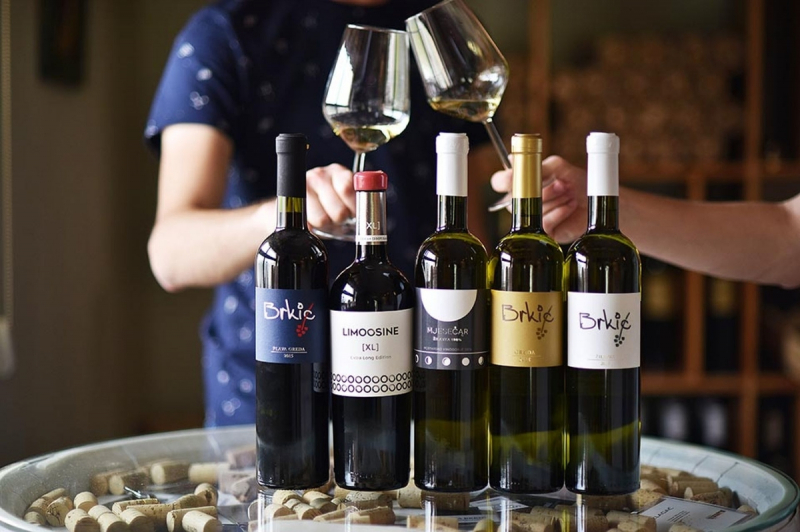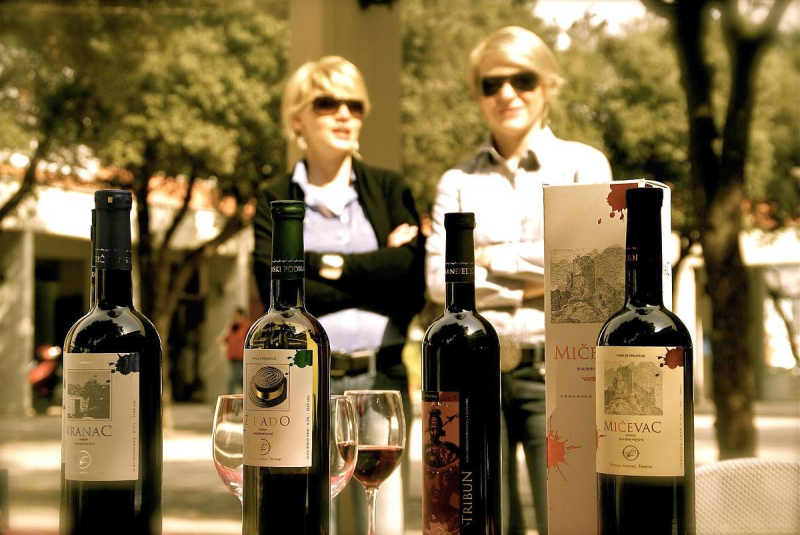Wine-touring in Hercegovina
Bosnia and Herzegovina inherited the Illyrian wine-growing and production culture, and the Thracians were the first to bring grapevine seedlings to the Balkans. Without the later joined southern part (Hum), Medieval Bosnia was once a renowned wine-growing and producing country. Almost every aristocratic family in the Middle Ages had their own vineyard. This is clear from the first detailed cadastral records from the 15th and 16th centuries. With the arrival of the Turks and the islamization of Bosnia, this type of production gradually faded and eventually died. There are numerous reasons for the grapevine's extinction in Bosnia, the most important of which is war, as grapevine culture necessitates a high level of human involvement.
However, this beautiful country has retained the core values of this type of grape wine production to this day. The wine tours in Hercegovina filled with the aroma of alcohol attest to this. Summer sun beats down on Hercegovina's arid mountains around the charming towns of Trebinje and Mostar. And that sunshine imparts winemaking potential to BiH's classic but little-known grape varieties. Try a zivalka for a dry, fruity white. Meanwhile, blatina and vranac produce velvety, complex reds. If you're driving around Hercegovina, look for the brown Vinska Cesta signs that crisscross the countryside to find a slew of wineries. If you just want to try a few glasses, most restaurants sell domai wine by the carafe, which rarely costs more than €8 per litre. That's a lot less than buying a bottle and ensures you're drinking something truly local.










